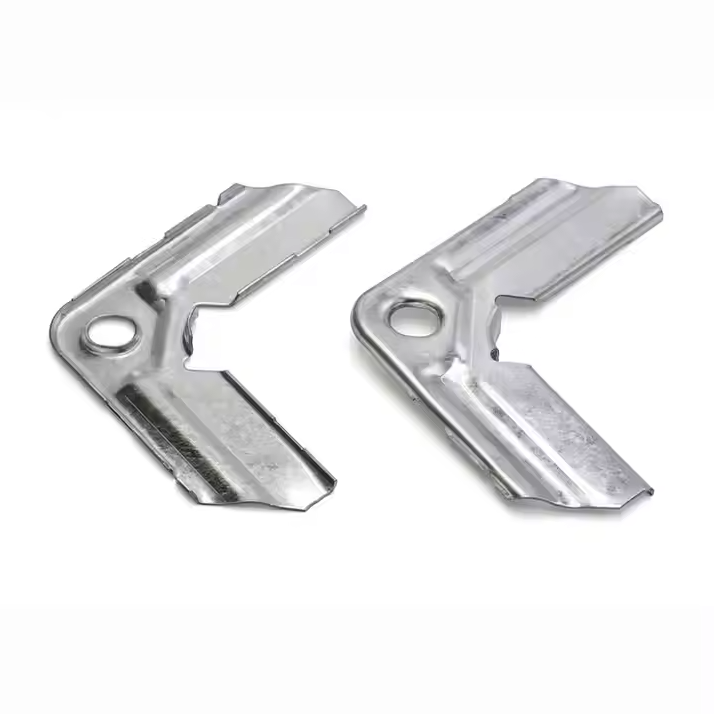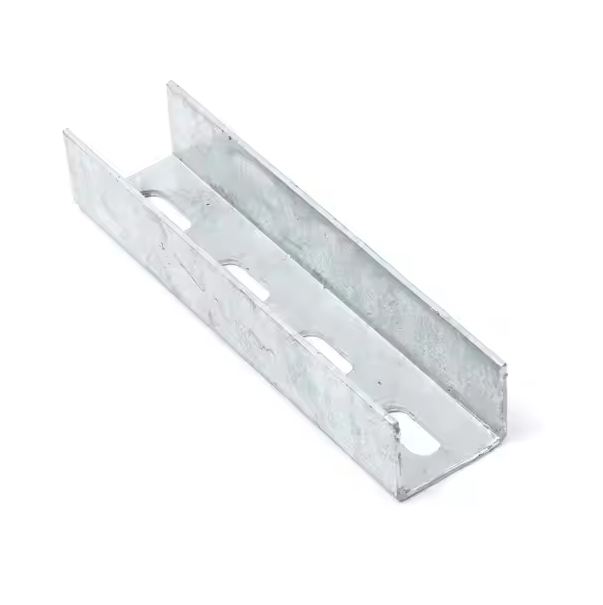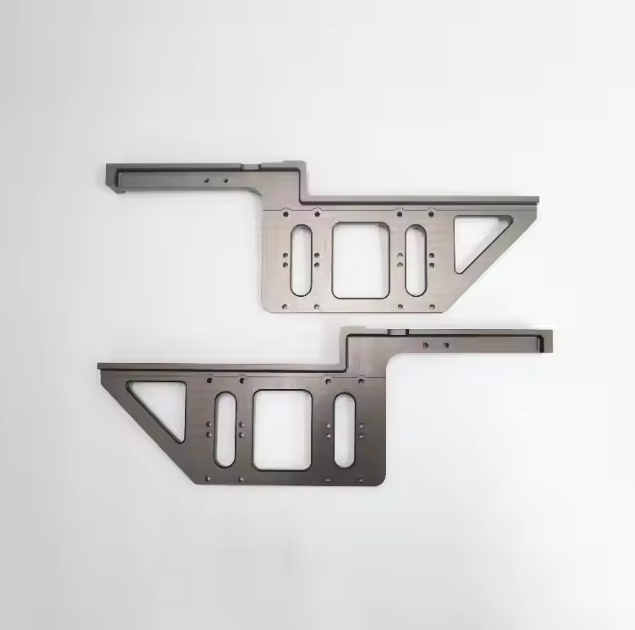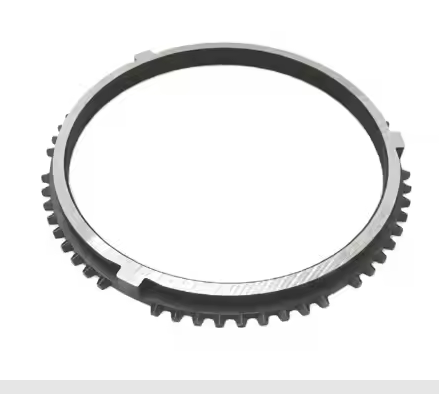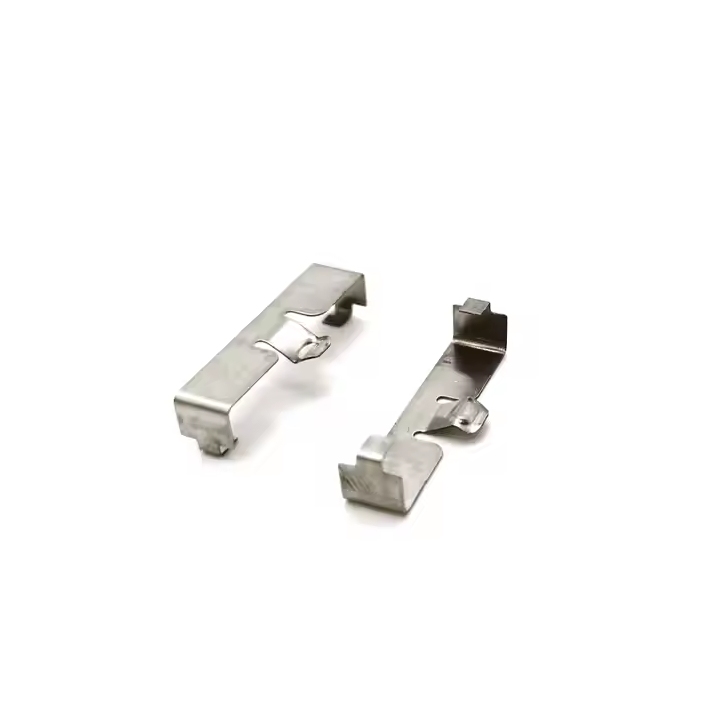Casting is a manufacturing process that uses the fluidity of metal or other materials to melt and pour them into a mold with a predetermined shape, and then cools to obtain parts or products of the desired shape. The casting process is often used to produce parts with complex shapes, large sizes or high precision, and is widely used in machinery, automobiles, aerospace, construction and other industries.
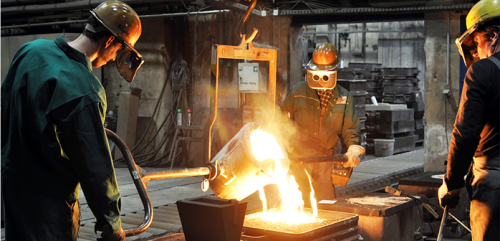
5 Common Casting Processes
Sand Casting
Sand casting is a casting method that uses sand as a mold material.
Investment Casting
Investment casting is a casting process that uses a wax mold or other fusible mold, coats the ceramic shell, burns the wax to remove the mold, and then pours the molten metal into the mold.
Low Pressure Die Casting
Low pressure casting is to inject molten metal into a metal mold at low pressure (usually 0.1-0.3 MPa) to cast parts.
Vacuum Casting
Vacuum casting refers to placing the mold in a vacuum environment, removing air or reducing the air content, so that the metal can flow under low pressure conditions, reducing the generation of bubbles and pores.
Die casting is a casting process that forms parts by quickly injecting molten metal into a metal mold under high pressure.
Basic steps of casting process
Melting metal
Heating the metal above its melting point to transform it into liquid state. The temperature of molten metal and the fluidity of liquid metal have an important influence on the casting quality.
Mold making
Making molds suitable for casting by various means (such as sand molds, metal molds, plaster molds, etc.). The shape of the mold should be consistent with the shape of the required part and leave appropriate shrinkage space.
Pouring
Pour the molten metal into the mold to fill the cavity of the mold. The pouring speed, pressure and metal flow state directly affect the quality of the casting.
Cooling and solidification
The metal cools and solidifies in the mold to form a casting. The cooling rate affects the organizational structure and mechanical properties of the casting.
Cleaning and trimming
After the casting is taken out of the mold, post-processing work such as removing burrs, cleaning the surface, and trimming the size is carried out.
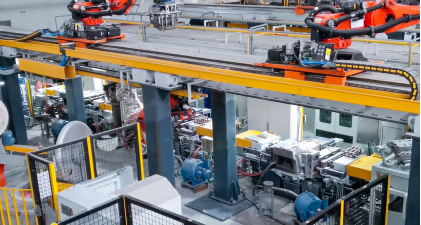
Basic advantages and disadvantages of casting
Advantages
Adaptable to complex shapes: can cast very complex and difficult to process parts.
High material utilization: almost no material waste.
Production flexibility: can adapt to products of different shapes, sizes and batches.
Large-size castings: suitable for the production of large-size parts, such as large mechanical parts, building components, etc.
Disadvantages
Low precision: especially sand casting, the casting precision is poor and requires subsequent processing.
Poor surface quality: especially sand casting, the surface is rough and requires post-cleaning.
Long production cycle: some processes such as precision casting and vacuum casting have a long production cycle.
High investment in equipment and molds: some casting processes such as die casting and low-pressure casting require expensive equipment and molds.
Casting process characteristics and process
1. Sand Casting
Features:
Simple and economical: using sand and binder to make molds, suitable for large and small batch production.
Molds are recyclable: sand molds can be used many times, but need to be re-prepared regularly.
Application:
Large castings: such as engine blocks, crankshafts, ship parts, pipe fittings, etc.

2. Investment Casting
Features:
Also called lost wax casting, it uses a wax mold and casts metal after coating a ceramic shell. It is suitable for complex shapes and high-precision castings.
The surface is smooth, the precision is high, and almost no subsequent processing is required.
Applications:
Aerospace: such as turbine blades, engine parts.
Precision parts: such as jewelry, artworks, high-precision mechanical parts, etc.

3. Low Pressure Die Casting
Features:
Under low pressure conditions (usually 0.1-0.3 MPa), the molten metal is injected into the metal mold by air pressure, which is suitable for mass production and has high casting precision.
Suitable for casting parts with complex shapes and thin walls.
Applications:
Automotive industry: such as engine parts, wheels, radiators, etc.
Electronic products: such as housings, radiators, etc.
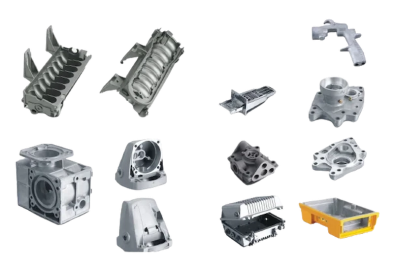
4. Vacuum Casting
Features:
By placing the mold in a vacuum environment and using vacuum to extract gas, the generation of pores and bubbles is reduced, which is suitable for precision casting.
Suitable for casting high-quality, high-precision complex parts.
Application:
High-precision mechanical parts: such as aircraft engine parts, precision instrument parts, etc.
Precision castings: such as watches and medical equipment parts.
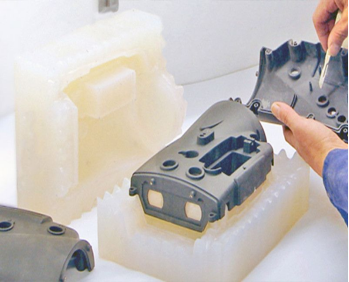
5. Die Casting
Features:
Molten metal is injected into a metal mold at high pressure. It is suitable for producing parts with high precision and high surface quality, especially suitable for mass production.
High efficiency, suitable for producing thin-walled parts.
Applications:
Automotive parts: such as wheels, engine housings, fuel tank caps, etc.
Consumer electronics: such as mobile phone housings, camera housings, computer housings, etc.

How to choose the casting type
Sand casting
suitable for large and complex shaped parts, low cost, but poor precision and surface quality, suitable for low requirements or small batch production.
Precision casting
high precision, complex shape, high surface quality, suitable for products with high precision requirements, but high production cost and time, suitable for small batches.
Low pressure casting
suitable for thin-walled and large-scale production, high precision, often used for light alloy castings, high production efficiency.
Vacuum casting
suitable for high-precision, non-porous castings, smooth surface, suitable for high value-added products, but low production efficiency, suitable for small batches.
Die casting
high production efficiency, suitable for large-scale production of thin-walled parts, high precision, mainly used for light metal alloys.
Casting is a mature and widely used manufacturing process. It uses the fluidity of metal to melt it and pour it into the mold to form. It is suitable for producing various parts with complex shapes and large sizes. Different casting processes have different characteristics and applicable scenarios. Choosing the right casting process is crucial to improving production efficiency, reducing costs and ensuring the quality of castings.
Xuanmin’s experts understand the complexity of casting processing, and we are always ready to help you with your project. We combine advanced tools with first-class expertise to provide processing services that exceed your expectations. Contact us now to discuss your project further.
